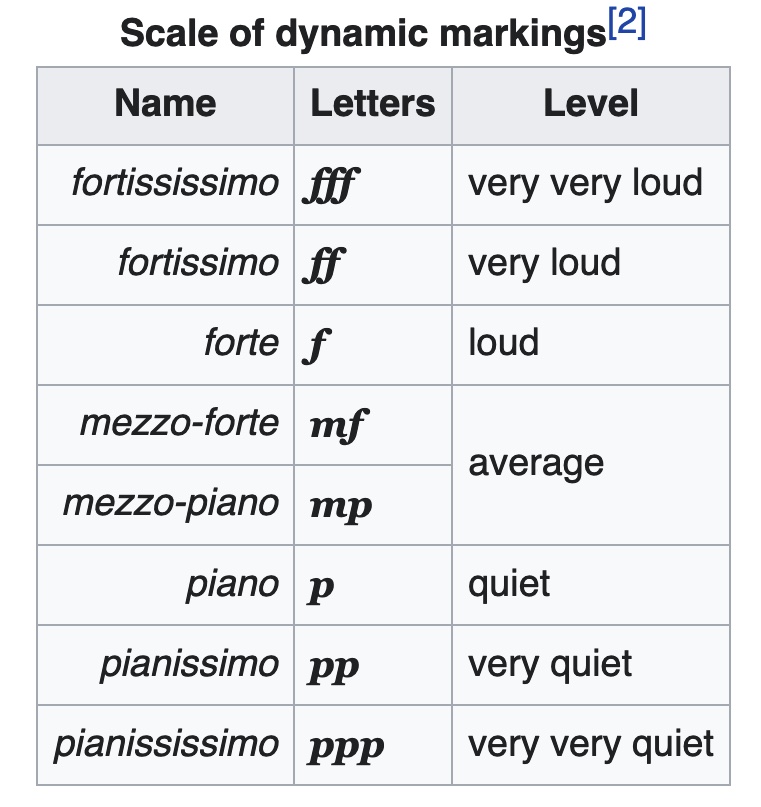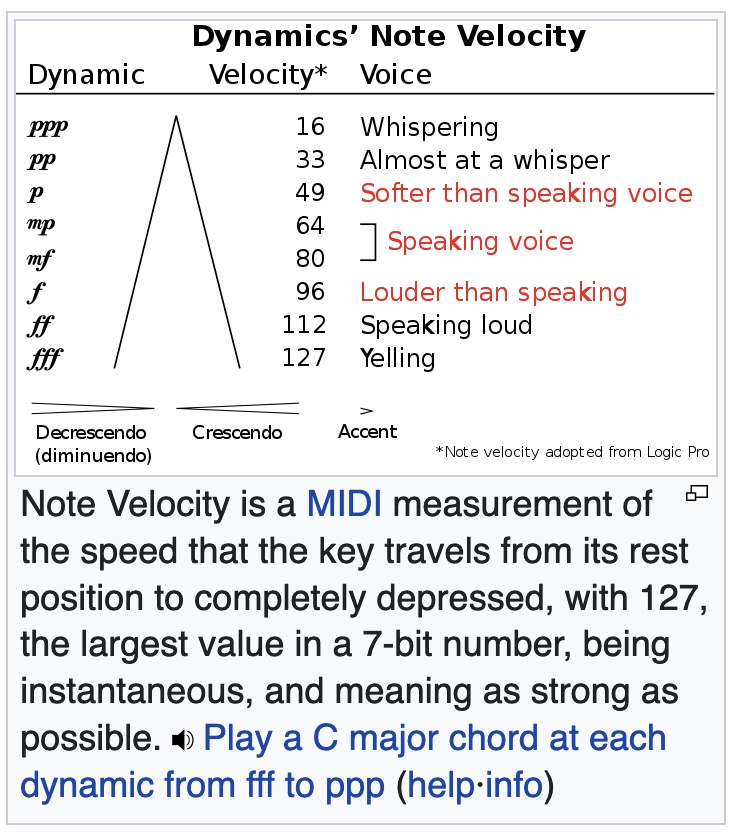noun: the magnitude of sound (usually in a specified direction)



If you stood near a giant rocket as it took off, the sound alone would blow out your eardrums, shatter your bones and rupture internal organs. The threshold of pain is about 130 dB. More than 160 decibels at close range is probably not survivable. In human terms we can’t experience, up close, sounds as loud as the biggest our technology can produce because they’d instantly kill us. But there’s also a physical limit to loudness. The loudness of sound in air is dictated by how large the amplitude of sound waves is compared to the ambient air pressure. At 194 dB, a sound wave has a pressure deviation equal to the normal atmospheric pressure at sea-level. Essentially, at this intensity the sound waves create a complete vacuum between themselves so that any further increase would mean the sound gets ‘clipped’. Anything above 194 dB isn’t sound in the conventional sense of a series of compressions and rarefactions. The energy of the source starts to distort the entire wave, producing not bigger and bigger peaks and troughs of pressure but a shock wave. Instead of sounds passing through the air, the result is a series of pressurized bursts. This is one of the main reasons that large rockets produce a crackling noise rather than a steady roar. [anon]
See Also
06 - On the Intensity or Loudness of Musical Sounds
Amplitude
Decibel
Intensity
Noise
Sound
Wikipedia Dynamics
